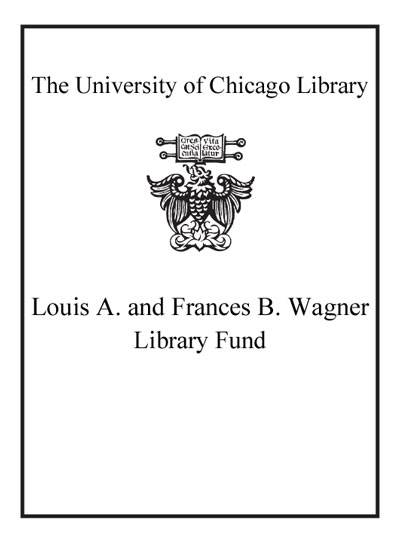Review by Choice Review
This wonderful coffee-table book would be useful for many undergraduate students exploring the fields of astronomy, astrophysics, and cosmology. Many of the breathtaking images can be found on the Internet from Hubblesite or elsewhere. However, Devorkin (Smithsonian National Air and Space Museum) and Smith (Univ. of Alberta, Canada) intersperse Hubble Space Telescope images with historical images to show how the view of the universe has changed because of the Hubble--for example, a 2005 image of the Whirlpool Galaxy and an 1845 depiction drawn by the Earl of Rosse. The book documents how the Hubble has shown changes in astronomical events, such as supernova explosions and the Comet Shoemaker-Levy 9 crash into Jupiter. The text of the volume and the images reveal just how important the Hubble Space Telescope has been to astronomers who are pushing the envelope of exploration. Lower-level undergraduates might appreciate some of the general endnotes that refer to other books, magazines, and newspaper articles; unfortunately, the endnotes do not include many citations to the scientific literature. Overall, a nice addition for undergraduate libraries. Summing Up: Highly recommended. Lower-division undergraduates and general readers. J. R. Kraus University of Denver
Copyright American Library Association, used with permission.
Review by Booklist Review
The Hubble Space Telescope began taking spectacular photographs of the cosmos just as the Internet spread its web on Earth, granting public access to these astonishing, beautiful, and unprecedented images. So cherished were these glimpses into the universe, when NASA announced in 2004 that it would end the shuttle missions necessary to service the telescope, the protest was vehement enough to rescind the decision. This handsome volume celebrates the technological and scientific breakthroughs that have made the Hubble such a resounding success. The full, up-to-date story is told in glorious photographs and the equally sparkling commentary of Hubble experts DeVorkin and Smith. From a profile of the brilliant astronomer Edwin Hubble (1889-1953) to detailed explanations of how the spectacular photographs of such phenomena as the Orion Nebula (its portrait required 150 orbits) were taken, the authors cover the people, science, and aesthetics of the stellar Hubble era. Not only are the telescope's contributions to science beyond quantification, DeVorkin and Smith aver, the images the Hubble has gathered have also had profound effects on our imagination and spiritual growth.--Seaman, Donna Copyright 2008 Booklist
From Booklist, Copyright (c) American Library Association. Used with permission.
Review by Choice Review
Review by Booklist Review


